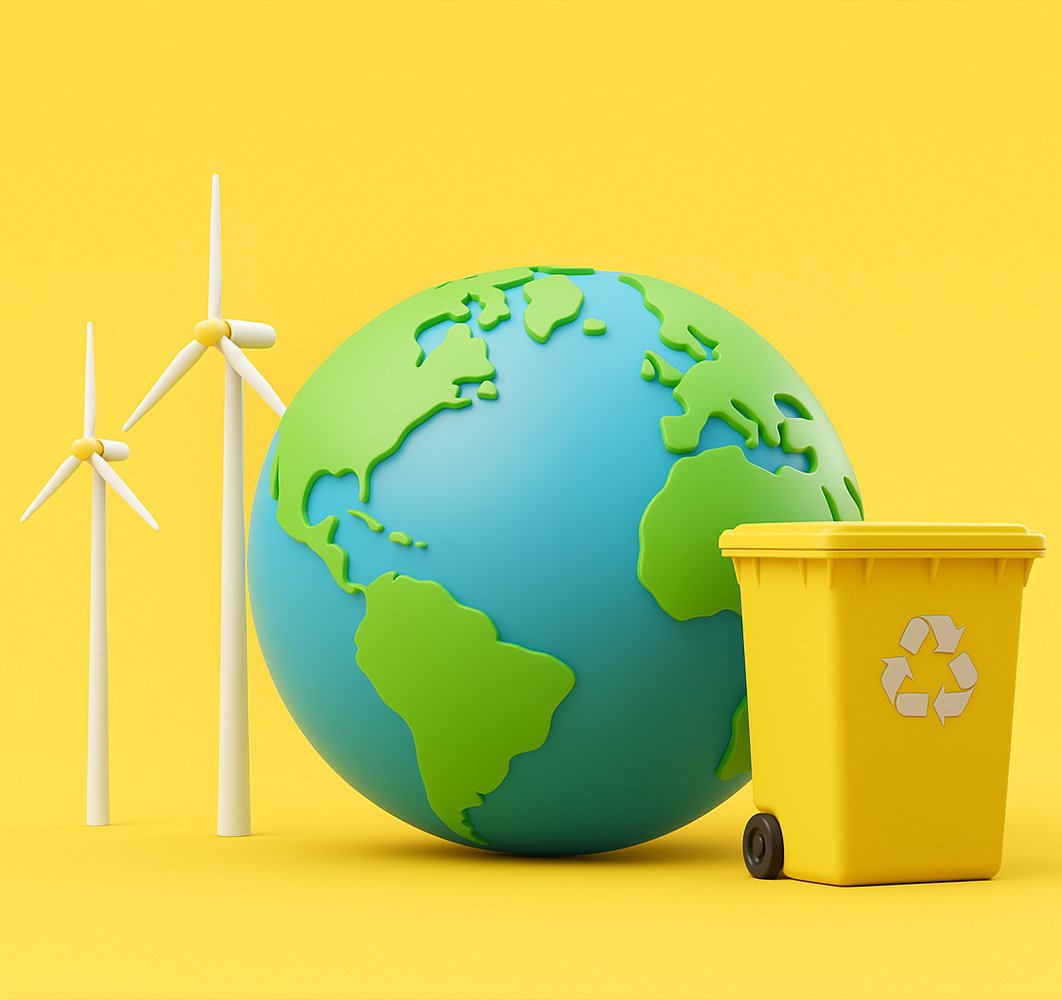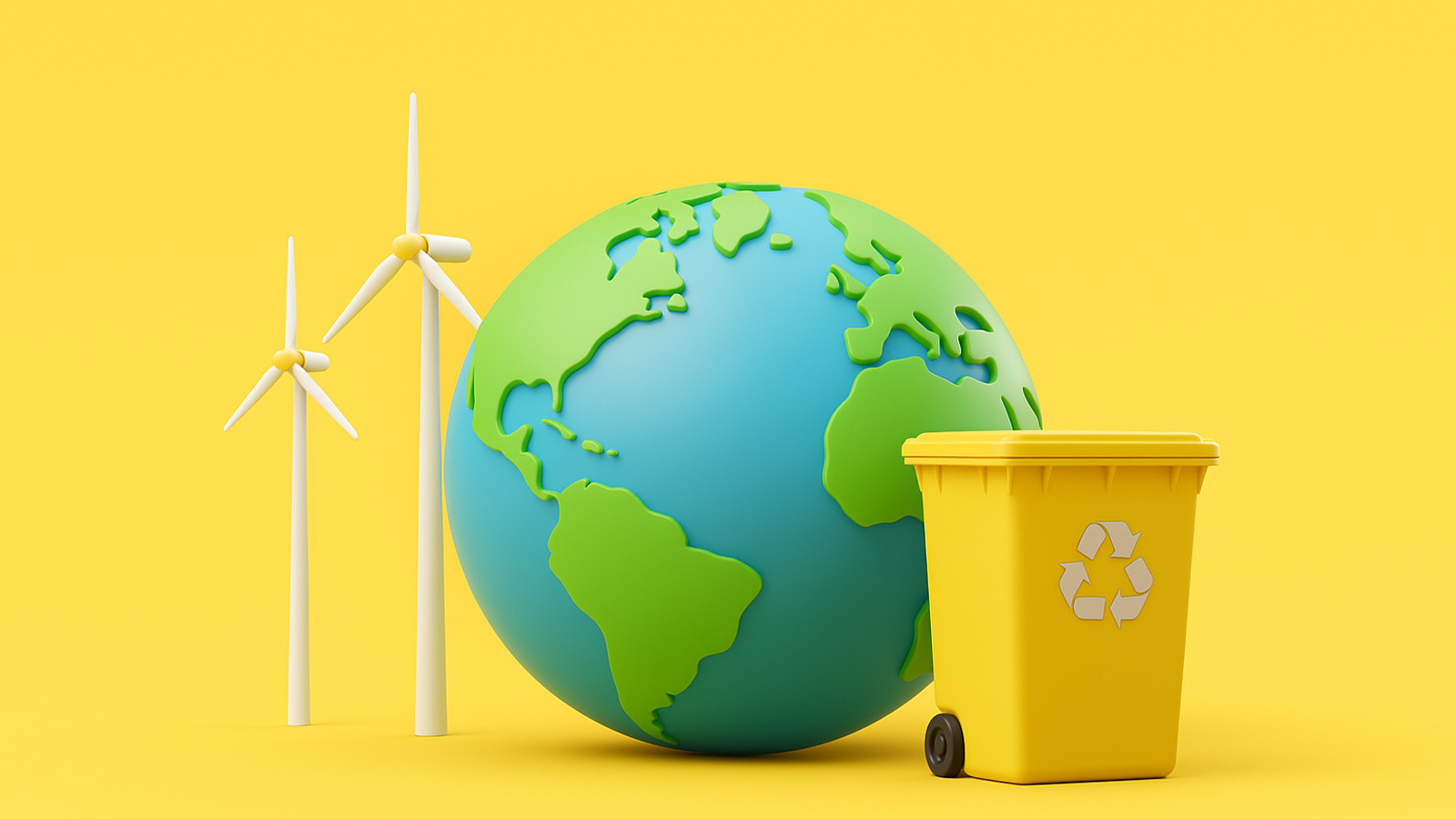The Ecodesign for Sustainable Products Regulation (ESPR) is an important new EU legislation affecting companies that make products. The regulation, which came into force July 18, 2024, is part of the 2020 Circular Economy Action Plan . The aim of the ESPR is to help the EU meet its environmental and climate goals, double the circularity of material use and achieve energy efficiency targets by 2030.
New EU legislation with direct effect
The ESPR is a regulation, which means it is directly applicable in all EU member states. This differs from a directive, which must first be transposed into national legislation. For companies, this means they must immediately adapt to the new rules as soon as they come into force.
What is the ESPR?
The ESPR focuses on improving the sustainability of products through eco-design. The goal is to make products more durable, energy efficient and easier to recycle. This includes several aspects, such as using recycled materials, reducing harmful substances and improving the reparability of products.
When does the ESPR enter into force?
The ESPR came into force on July 18, 2024. This means that as of this date, all stakeholders must comply with the new requirements. The regulation is an integral part of the Circular Economy Action Plan, which aims to make the European economy more sustainable.
Part of a bigger picture
The ESPR is part of a package of measures designed to help the EU meet its environmental and climate goals, double the circularity of material use and achieve its energy efficiency targets by 2030.
Who does the ESPR apply to?
The ESPR applies to all companies that make products placed on the EU market. This includes a wide range of industries, from electronics and textiles to building materials and packaging. Companies must ensure that their products meet the new eco-design requirements to remain on the market.
Goals of the ESPR
The ESPR has several goals for companies to pursue:
- Improve the energy efficiency of products
- Increasing the use of recycled materials
- Reduce the use of harmful substances
- Improve the repairability and longevity of products
- Facilitate end-of-life recycling of products
Timeline for implementation
The timeline for implementation of the ESPR is as follows:
- July 18, 2024: the ESPR enters into force
- 2025-2027: companies must comply with the first set of eco-design requirements
- 2028-2030: further requirements are introduced to improve the sustainability of products
The importance of the ESPR for the circular economy
The ESPR plays a substantial role in the transition to a circular economy. By making products more sustainable and easier to recycle, the ESPR helps reduce waste and reduce the demand for new raw materials. This is not only good for the environment, but can also provide cost savings for businesses.
The importance of the ESPR for businesses
For companies, the ESPR presents both challenges and opportunities. On the one hand, companies must adapt their production processes to meet the new requirements. On the other hand, companies at the forefront of sustainability can gain a competitive advantage. Sustainable products are increasingly valued by consumers and can lead to new market opportunities.
Stay informed
Stay up to date on all new developments? Follow us onLinkedIn and Instagram or subscribe to thenewsletter. Are you curious about what Milgro can do for your operations and waste process? Then get in touch.














